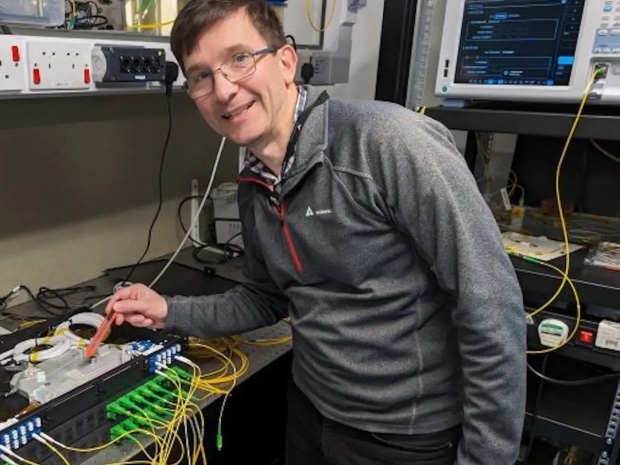According to the Aston University lot, they've tapped into new wavelength bands unlocking speeds previously thought impossible with standard fibre cables.
Popular Science says the team's secret weapon is an optical processor, cooked up by Ian Phillips, the brains behind the operation. This nifty gadget allows them to tap into the untapped E—and S-bands, which were previously gathering dust in the electromagnetic spectrum.
“Over the last few years Aston University has been developing optical amplifiers that operate in the E-band, which sits adjacent to the C-band in the electromagnetic spectrum but is about three times wider,” Ian Phillips, pictured, the optical processor’s creator, said in a statement. “Before the development of our device, no one had been able to properly emulate the E-band channels in a controlled way.”
The good part about the breakthrough is that it does not require anyone to lay down any fancy new cables to achieve this jaw-dropping feat. Nope, they just tinkered with the gear they had lying around.
This breakthrough could mean big things for internet providers. With a bit of spit and polish, they could turbocharge our existing fibre networks, offering faster speeds without digging up the streets.
Aston Institute of Photonic Technologies professor Wladek Forysiak said the discovery could be the green solution to the world’s insatiable thirst for data.

